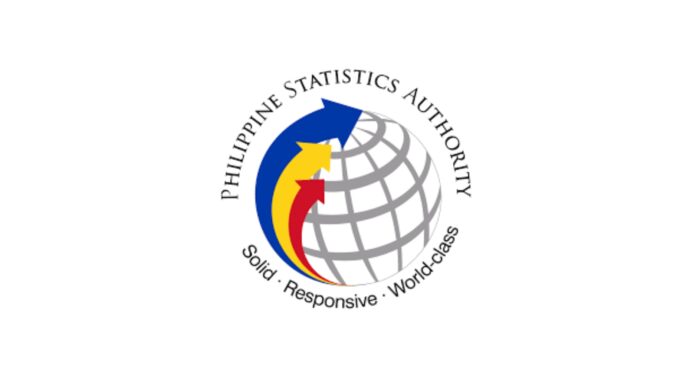The Philippines’ statistical system has been ranked second most robust in Southeast Asia, behind Singapore, in the recently released 2022 statistical performance indicators of the World Bank, a framework that assesses the maturity of national statistical systems.
The World Bank framework measures a country’s statistical performance around five pillars: data use, data services, data products, data sources, and data infrastructure.
Since monitoring began in 2016, the Philippines has steadily moved up to a high of 83.75 out of 100 points in 2021 from 73.24 when the monitoring started. In 2022, the Philippines’ score slipped slightly to 83.38 due to a decline in the score for data services.
The country particularly shined in Pillar 1: Data Use, with an excellent score indicating widespread data adoption across various sectors. Strong performances were also seen in Pillar 2: Data Services (90.63) and Pillar 3: Data Products (89.81). While Pillar 4: Data Sources saw a 1.28-point improvement, it was not enough to offset the 3.13-point dip in Pillar 2: Data Services.
The World Bank framework identified Pillar 5: Data Infrastructure, as an area for further development.
The Philippine Statistics Authority said investing in data infrastructure can significantly boost the overall country score in the future.
Comparing further the country’s overall score against its income group, the Philippines surpassed the 62.6 average score of the lower middle-income countries, the PSA noted.
The World Bank’s SPI results offer the Philippines a strategic roadmap to solidify its leadership in regional statistics. By leveraging existing strengths, particularly in data use, and addressing areas for improvement, like data infrastructure, the Philippines can further enhance its statistical system for stakeholders.







